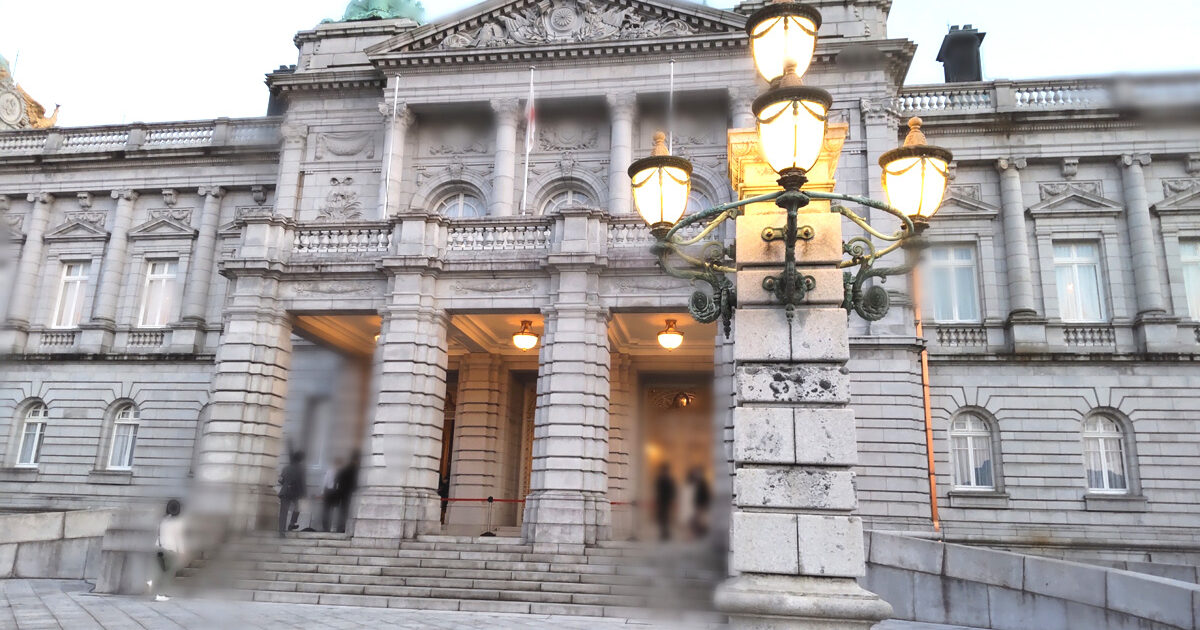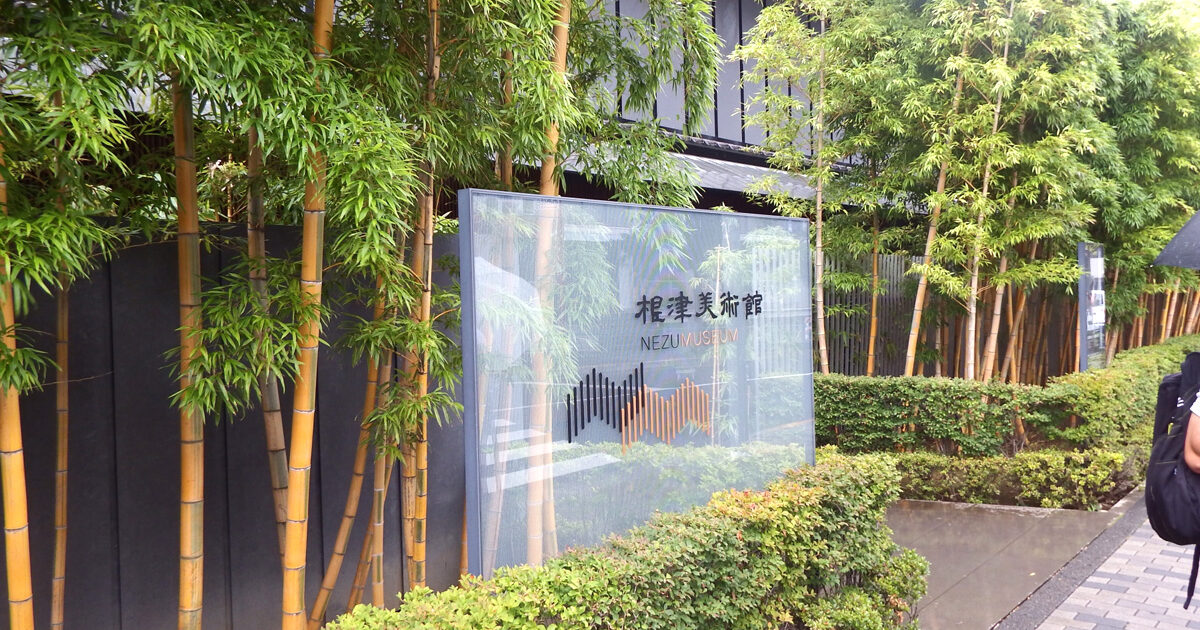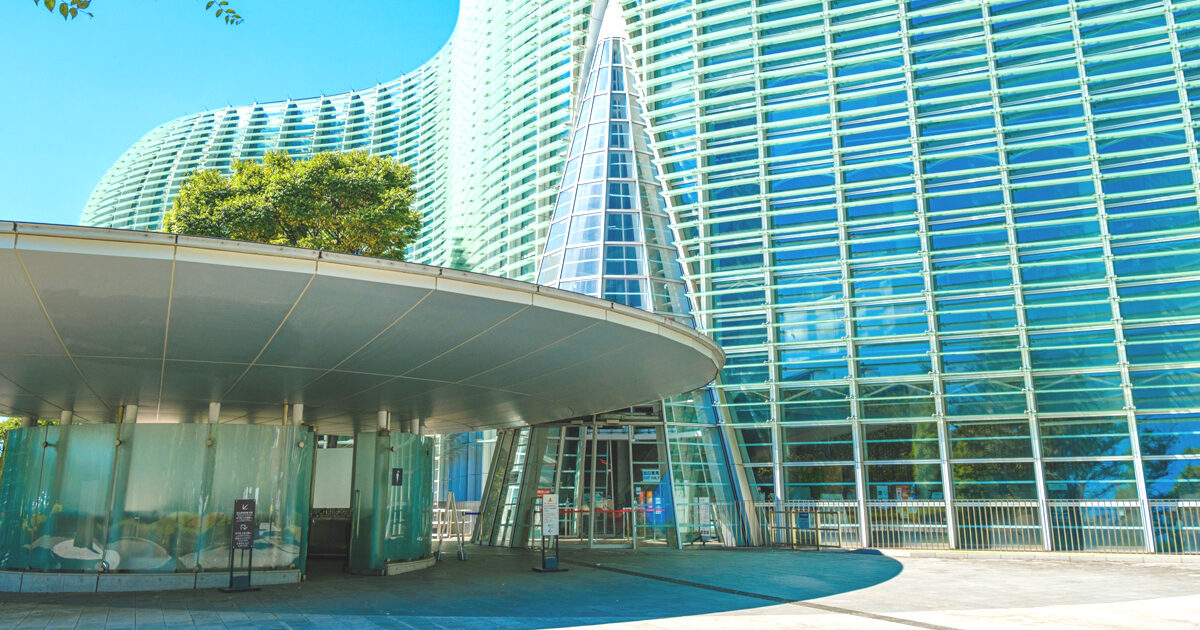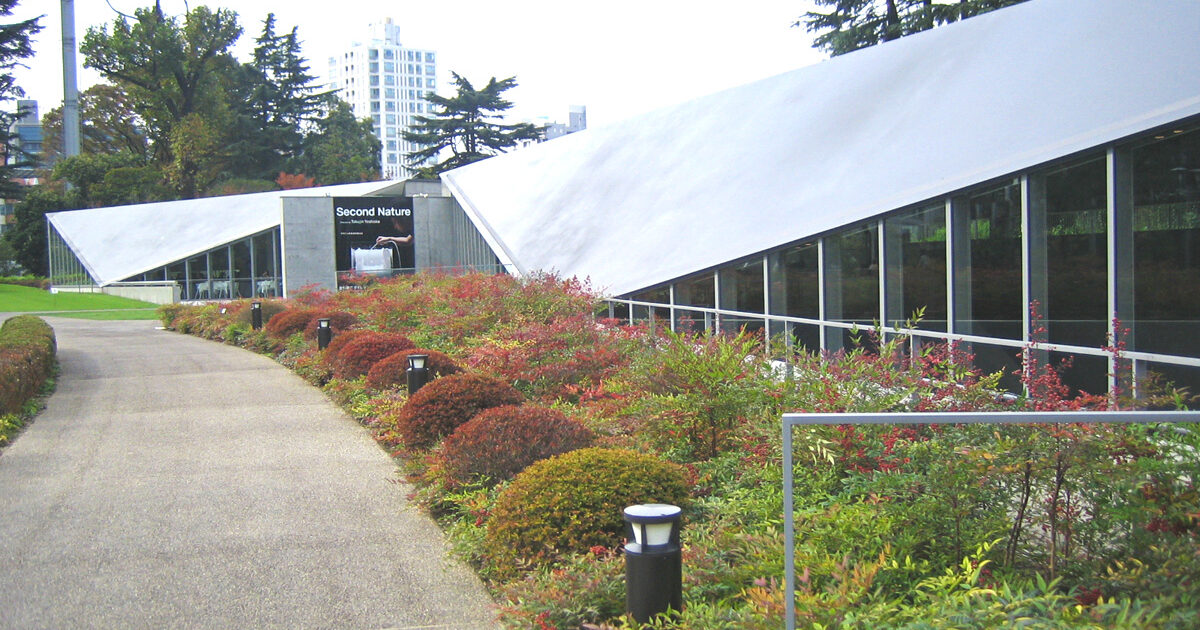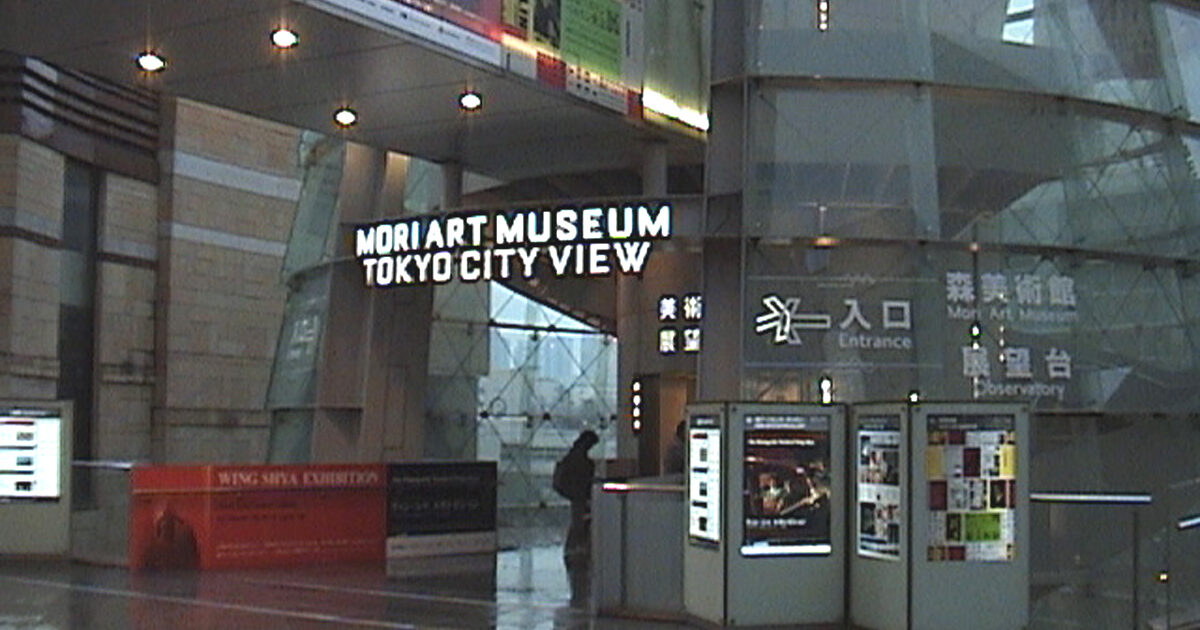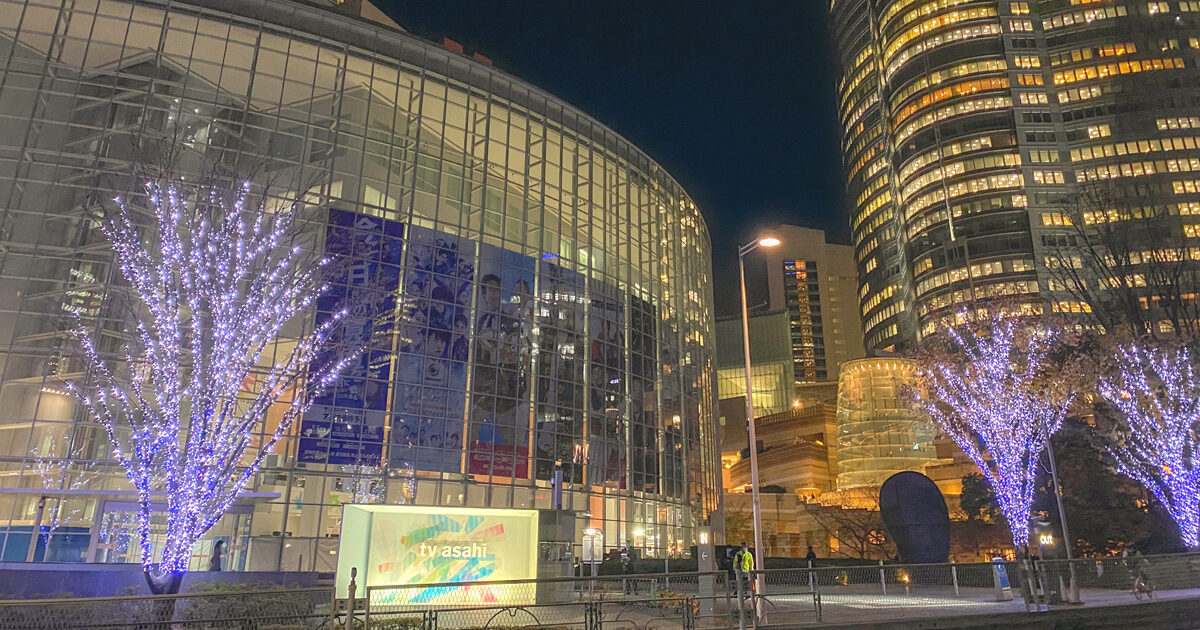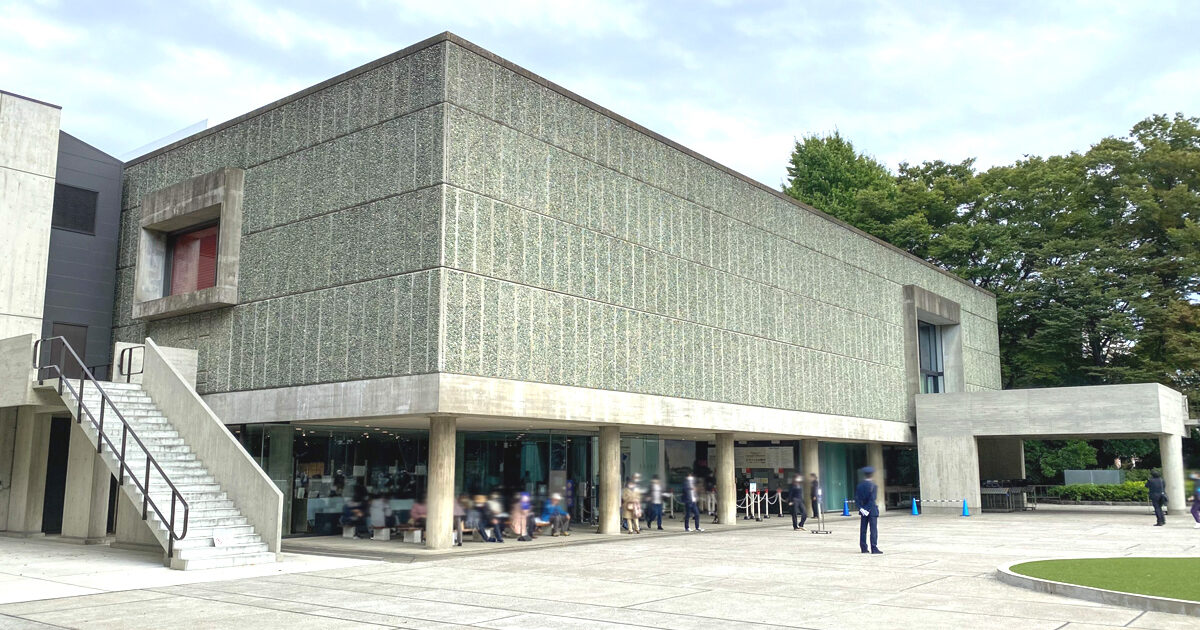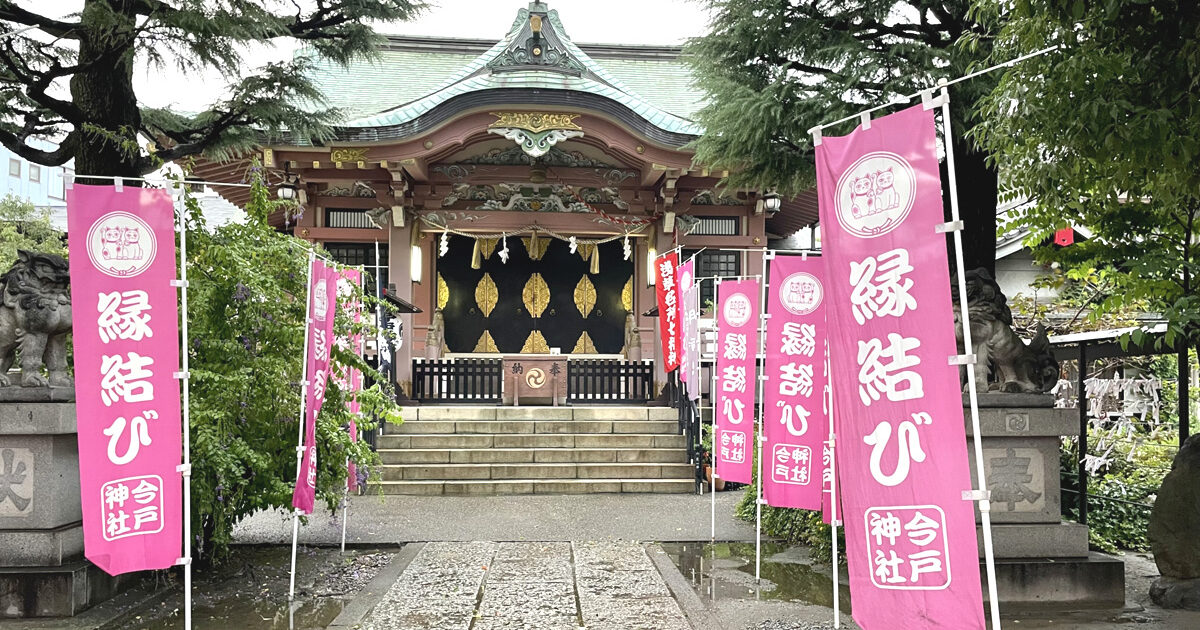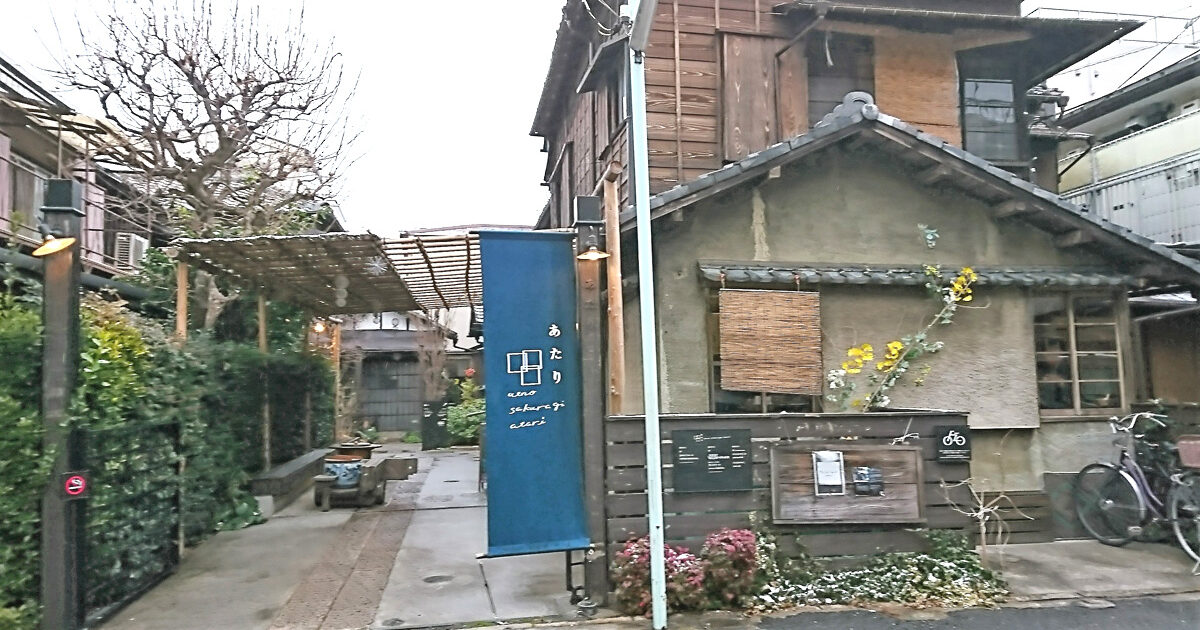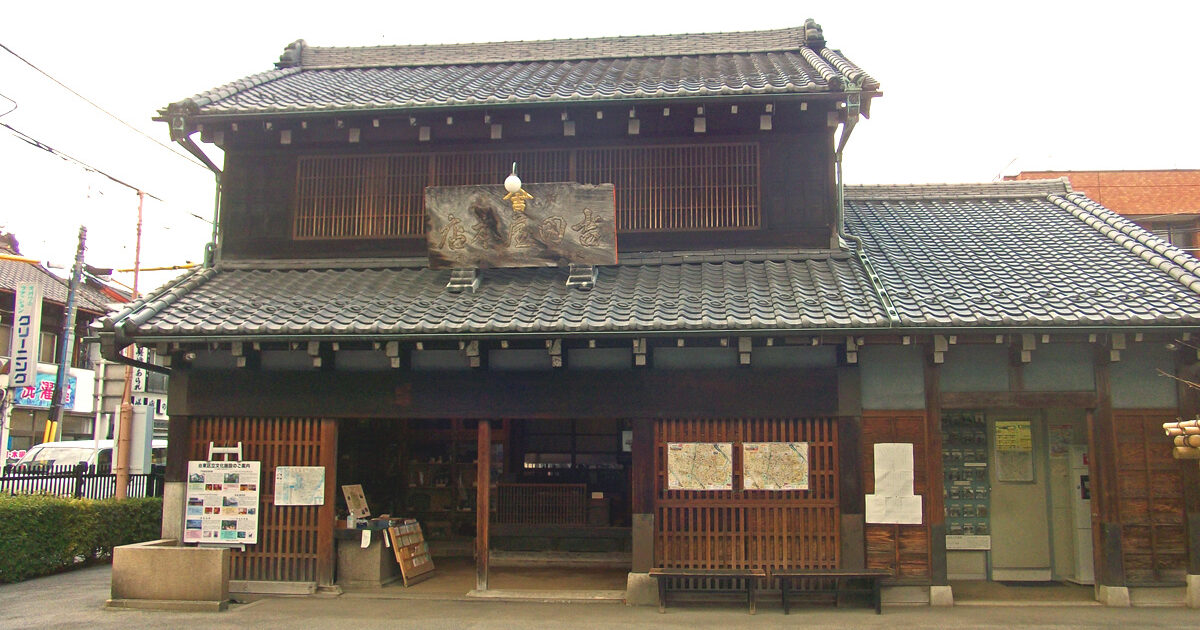Description Although it was originally built as a residence for the Emperor, it was too ornate and unfit for residence, so it was eventually turned into a facility to welcome important people. Anyone can visit, but it is divided into 4 courses, all of which require a fee. Reservations are not required for the “”Main […]
2024年6月
[113]Nezu Museum (Nezu Bijutsu-kan)
Description This exhibition focuses on the collection of Kaichiro Nezu, a businessman known as the railroad tycoon. It has first-class works in all fields of Japanese art and Oriental art, and it also own many national treasures and important cultural properties. In addition to regularly holding exhibitions with different plans, it also hold small-scale themed […]
[112]National Art Center (Kokuritsu Shin-bijutsu-kan)
Description It will be Japan’s largest national art museum with one basement floor and four floors above ground. Instead of not having a collection, it operates as an art center that is not limited by exhibition themes or content. Multiple planned exhibitions and public exhibitions are held simultaneously, as well as workshops etc. Reviews by […]
[111]21_21 DESIGN SIGHT
Description This is an art museum in Tokyo Midtown that focuses on understanding and realizing everyday events and things from a design perspective. The name was derived from “”20/20 Vision””, which means excellent eyesight in the British and American languages, to help people see ahead. It will host a multifaceted program centered on exhibitions, such […]
[110]Tokyo City View
Description It is an indoor observation deck on the 52nd floor of Roppongi Hills Mori Tower. Not only does it offer a 360-degree view of the city center, but it also has a feeling of openness because it is entirely made of glass. Sky deck (rooftop observation deck) is currently closed. Reviews by situation “Relaxing […]
[109]Roppongi Hills
Description It refers to the commercial area surrounding Roppongi Hills Mori Tower. Inside Mori Tower, there are Tokyo City View, Mori Art Museum, etc. It is surrounded by TOHO Cinemas Roppongi Hills, Keyakizaka Terrace, Mori Garden, etc. Reviews by situation “Relaxing alone” Recommendation score: /10 Roppongi Hills is home to many high-rise buildings housing offices […]
[108]National Museum of Western Art (Kokuritsu Seiyo Bijutsu-kan)
Description It is a national art museum specializing in Western art located in Ueno Park. It mainly focuses on paintings and sculptures from the 19th century to the first half of the 20th century called Impressionism. You can also see works by Western Old Masters. (painters before the 18th century) Reviews by situation “Relaxing alone” […]
[107]Imado Shrine (Imado Jinja)
Description Although it is a small shrine, it is famous as a god of matchmaking and a power spot for fulfilling love. The two beckoning cats next to the main shrine are called “”Ishi Nade Neko””, and it is said that if you pet them, your wish will come true. We also sell goshuin stamps. […]
[106]Ueno Sakuragi Atari
Description It has become a commercial facility in the Ueno Sakuragi area, and was built by renovating three old folk houses. Craft beer using natural yeast, a bakery using plenty of Japanese ingredients, and a salt and olive specialty shop are all in the building. There is also a community space where you can eat […]
[105]Old Yoshidaya Liquor Store in the downtown entertainment museum (Shitamachi Fuzoku Siryokan Fusetsu Tenjijo Kyu-Yoshidaya Sake-ten)
Description This is an exhibition hall that recreates the lives of common people in the past. (the downtown entertainment museum is under renovation) This Yoshidaya Liquor Store is an actual liquor store that was open from the Edo period until 1986. Indoors, tools used at the time, such as scales and barrels, are still on […]



